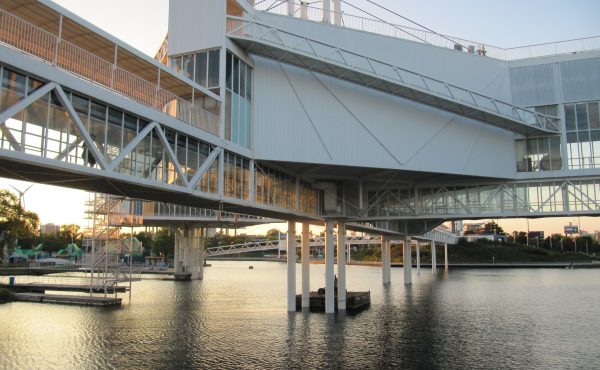
Every Tuesday, Todd Irvine of LEAF posts a stop from the Toronto Tree Tours, a collaborative project of LEAF and the Toronto Public Space Committee. The Toronto Tree Tours offers walking tours in neighbourhoods across the city as well as virtual tours on its web site. The aim is to introduce Torontonians to the individual trees in their neighbourhood while telling stories of our city’s ecological and cultural history.
– – – – – – – – – – – – – – – – – – – – – – – – – – – – – – – – – – – – –
Trinity Bellwoods and neighbourhood: Stop 11
Few trees planted along Toronto streets have large showy flowers, as trees with such features are more often found in tropical regions. The horsechestnut (Aesculus hippocastanum) is one of the rare exceptions. In spring, after their leaves have fully developed, this row of three large horsechestnut trees spanning the south side of Lobb Avenue west of Trinity Bellwoods park produces a stunning display of thousands of bell-shaped white flowers in cone-like clusters over eight inches long. Not to be confused with the native American chestnut (Castanea dentate), which has edible nuts, the seeds of the horsechestnut contain a chemical called esculin that is poisonous and should not be consumed. These trees are likely a hundred years old and were planted as street trees when the area was first developed.
The quaint house hiding behind the two horsechestnuts at 11 Lobb Avenue seems askew since its front porch and entrance face west rather than out towards the street. The reason is that when built in 1885 by William Hewitt, this house sat at the back of the lot and had an address on Shaw Street. In 1898, Hewitt moved the house seven feet to the east and dug a basement under it, which seems like a lot of work to move a house such a short distance. The house located at 185 Shaw was built in 1912 on the west portion of the lot, and at the time the address of the original house was changed. Slight aberrations in the typically regimented grid of city streets, such as a house that faces an unusual direction, are often subtle indications of a long and interesting history of the community in which they are found.
Read more stories from the Trinity Bellwoods tree tour . . .
Photograph by Vincenzo Pietropaolo



